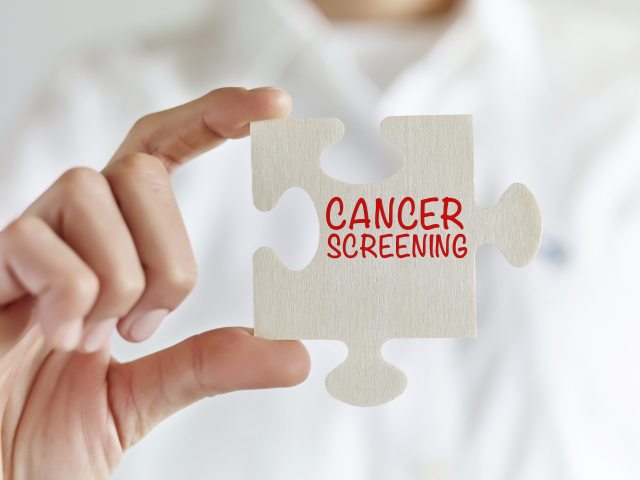Which of these cancer screenings should you get?

The pandemic kept many people from getting screenings. Talk with your doctor today about catching up on screenings that are right for you.
Due to the COVID-19 pandemic, dramatically fewer people have been getting regular cancer screenings.
Nationally, cancer screenings have dropped by 40% overall and by as much as 60% or more for specific cancers, according to the Centers for Disease Control and Prevention and experts in the field of cancer care.
Lower rates of screening
The declines appear to be most significant for women, certain minority groups and people who have lower incomes.
The trend is worrisome.
“The lower rates of screenings means that many of the cancer cases being found are often advanced and more difficult to treat,” said Christine Cha, MD, PeaceHealth medical director for cancer services.
While COVID-19 is still part of our lives, doctors are encouraging patients to catch up on preventive screenings, especially for some of the most common cancers affecting people in the Pacific Northwest.
People with cancer may have no symptoms in early stages, and screenings are the best way to spot it.
“We want to catch all types of cancer early, but especially the cancers that cause the highest number of deaths—lung, colorectal and breast cancer,” noted Nina Dhami, MD, radiation oncologist at PeaceHealth Southwest Medical Center in Vancouver, Washington.
Your best defense
Early detection of cancer through screening significantly improves the chance the disease being treatable or curable.
“Finding lung, colorectal and breast cancer at an early stage allows for less aggressive treatment, which can help patients live better and longer,” shared Victor Gonzalez, MD, radiation oncologist at PeaceHealth St. Joseph Cancer Center in Bellingham, Washington, “It really is a better situation all around.”
Until new methods are available to find cancers in the body, getting regular recommended screenings and taking steps to prevent cancer are your best defense.
“We strongly urge patients to make time for screenings—especially those missed in the last two years,” said Dr. Cha. “If you’re due for more than one screening, ask your doctor which one to have done first.”
Many screenings are relatively simple and take just a few minutes.
Common Cancer Screenings
Following are the most common screenings that should be considered by many adults:
- Breast cancer (women and men) – this screening involves a physical exam and mammography. It takes about 30 minutes to get a mammogram. These are often done once a year, depending on a patient’s risk factors.
- Cervical cancer (women) – this screening involves a physical exam (pap smear) by a primary care or obstetric/gynecology provider. A pap smear is usually done as part of a yearly physical exam, which takes 30-45 minutes. It may be done less often — possibly every three years — depending on a patient’s risk factors.
- Colon cancer (women and men) – this screening may involve a non-invasive stool test and/or an outpatient procedure called a colonoscopy. Preparing for the colonoscopy begins a few days before the day of the test. It takes a few hours for procedure and recovery. It’s usually done every five to 10 years, depending on your risk factors.
- Lung cancer (women and men) – this screening involves a CT scan. Patients don’t have to do anything to prepare. The test takes 30-60 minutes. For someone who is at risk of lung cancer, it should be done every year.
- Prostate cancer (men) – this screening involves a blood test. It takes a few minutes for the blood draw and a few days for the results. Guidelines for when and how often to get screened are based on a patient’s age and other risk factors.
- Skin cancer (women and men) – this screening involves a physical exam and may be done during a yearly check-up. It takes 30 minutes or less. The screening should be done once a year or as a doctor recommends.
Talk with your primary care provider about these and other screenings based on your age, medical history or family history.






